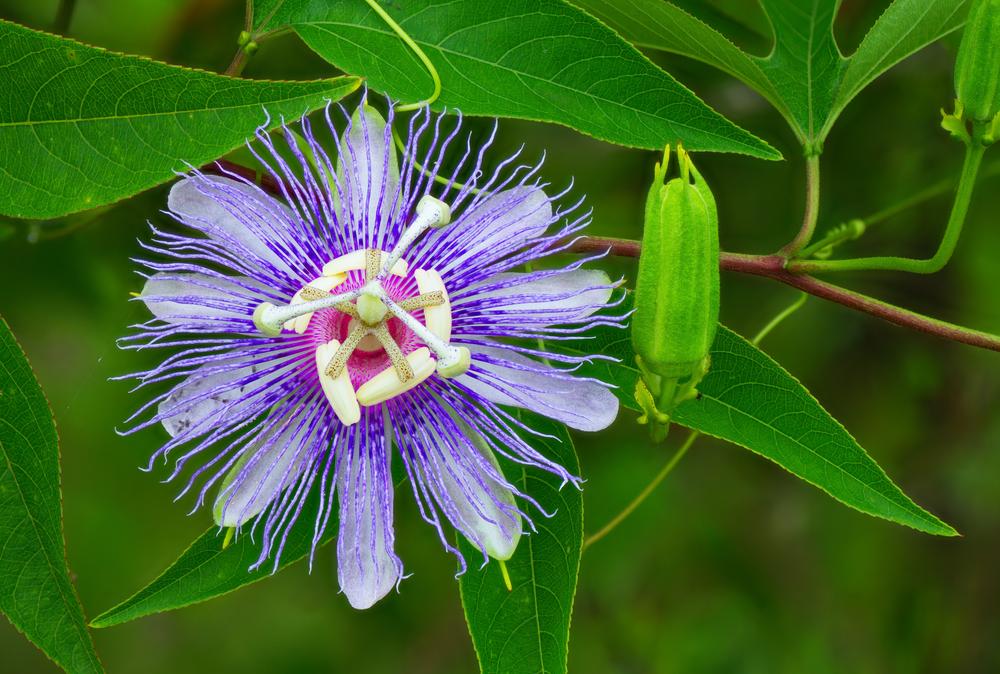Mucus has several names. Snot, the sticky goo that pours from your nose during a cold. Or phlegm, the gunk that can clog your lungs and make you cough. You probably aren’t a fan of the stuff. But mucus is so much more than a runny nose. Your body is making mucus all the time. And it plays an important role in keeping you healthy.
“Mucus and phlegm get sort of a bad reputation,” says Dr. Richard Boucher, a lung expert at the University of North Carolina. “People think about it as something you’re supposed to cough up and get out. That it’s a bad thing. But in truth, mucus really is the interface between you and the outside world.”





